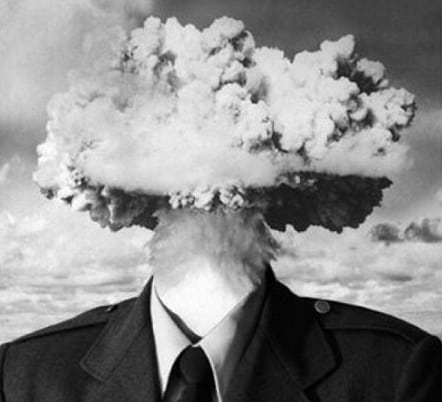What makes a tea a “Moonlight” tea?
It’s a question I’ve asked myself several times over the last six years, and the one answer I’ve always returned to is, “I don’t care as long as it tastes good. “ But perhaps that was foolhardy. I originally assumed that when the name “Moonlight” was applied to a tea – particularly those from China – it was just for the namesake. Yunnan province’s Moonlight is called so because . . . well . . . that is the name. “Yue Guang Bai” translates to “Moonlight White”. Sure, it was also considered a style of white tea, but one that was only regionally specific. Because of this, I also thought that the same was true for Darjeeling.
I can name at least seven Darjeeling teas that have “moon” in their names. Glenburn Moonshine, Arya Moonbeam, Thurbo Moonlight, and – my favorite – Castleton Moonlight, to name just a few. Then a tea luminary I admired, Rajiv Lochan, blew my mind when he gave me this little tidbit of information. Moonlight wasn’t just a name for these Darjeeling teas; it was also a technique!

